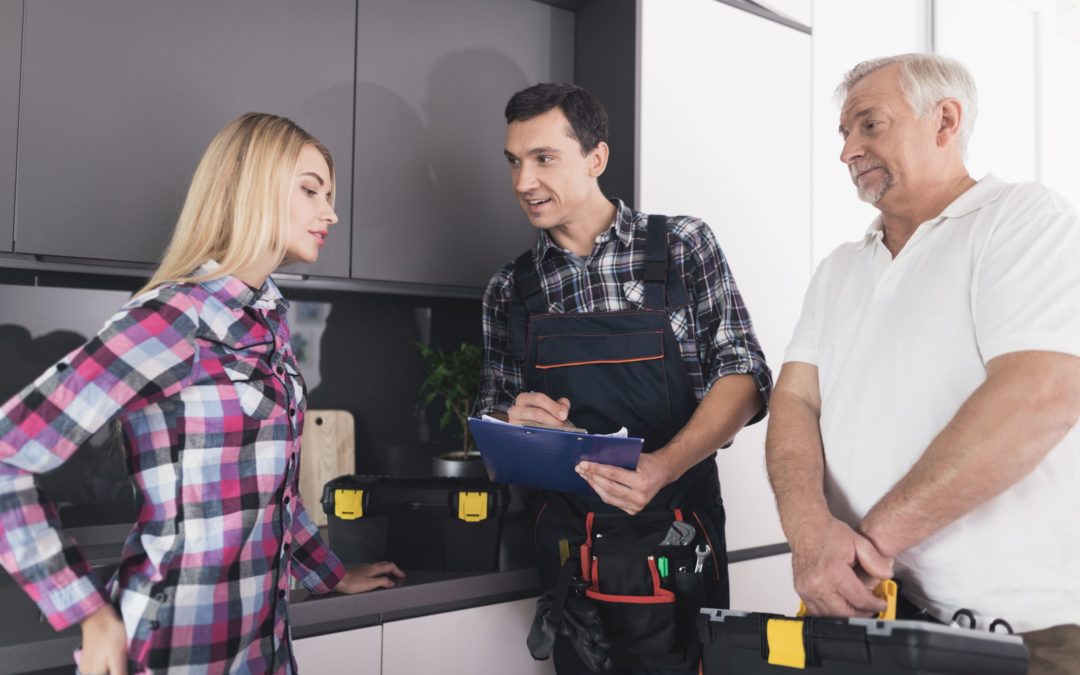Staying on top of all your home’s systems can ensure that everything runs smoothly. It can also prevent costly breakdowns and repairs. Your home’s plumbing is an integral part of these systems, and a plumbing inspection can help enlighten you to any problems that may need to be resolved. Here are the common areas covered in a plumbing inspection and what to expect.
Water Filtration Systems
In a standard home inspection, the plumbing portion usually just checks the running water systems in your home. However, in a professional plumbing inspection, it goes a bit further. All your filtration systems will be checked thoroughly. This includes checking for proper flows, leaks, and weaknesses in the systems.
Fixtures and Drains
In a plumbing inspection, all your fixtures and drains are checked. This includes faucets in the kitchen, bathrooms, and laundry areas as well as all sink, tub, and shower drains. Any slow drains will be noted as well as any rust or corrosion in the fixtures.
Toilets
The toilets in your home are an important part of a plumbing inspection. Your inspector will examine how the toilets flush, how fast they refill, and if they are firmly attached to the ground and the tanks. They will also check how long the water runs after flushing and even how well the lids and seat work.
Shut-Off Valves and Exposed Plumbing
Your plumbing inspection will also include all water shut-off valves and any exposed plumbing in the home. These are usually located in laundry rooms and under sinks. All your shut-off valves must be free from erosion and are functioning properly without leaks.
Showers and Baths
During an inspection, it is important to check all your showers and baths thoroughly. The faucets and drains will be checked, as well as the connecting piping systems.
Do you have questions about plumbing inspections? Give us a call. Our professional plumbers are standing by!

